Why can't I get the sweetness of coffee? what is coffee sweetness? Smell or taste?
Barista: "Hmm!" This cup of coffee is very sweet! "
You: "?? What's sweet? "
Barista: "Coffee is sweet."
You: "what's the feeling of coffee?"

New to individual coffee, do you wonder why baristas in front of the street often say that a cup of coffee is very sweet, but you don't drink it at all? What is coffee sweetness? Why can't my taste buds feel it?
Sugars in raw coffee beans
The sugars in raw coffee beans are divided into monosaccharides, disaccharides and polysaccharides, and one coffee raw bean accounts for about 50% of the weight. But! Not all sugars are sweet.
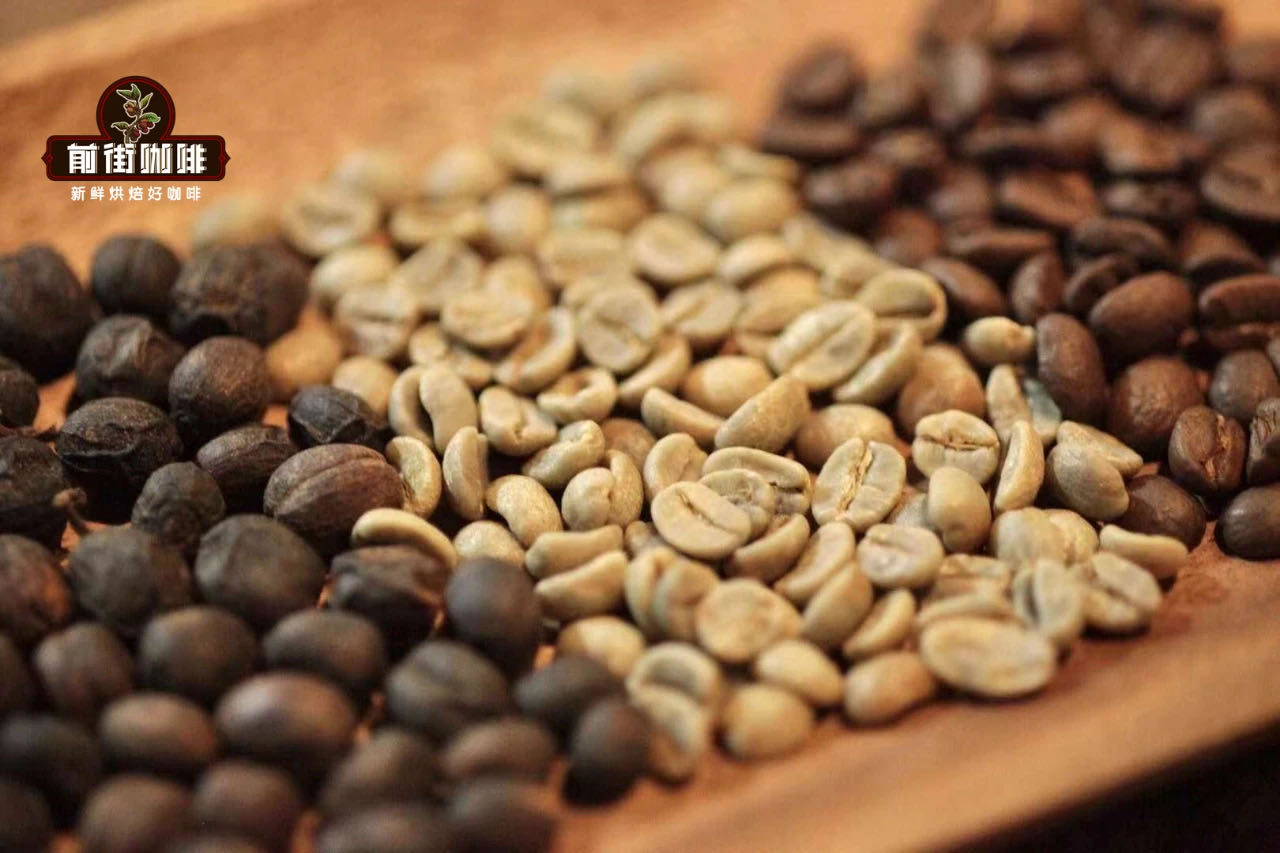
Among them, monosaccharide is the simplest sugar, which is soluble in water and has sweet taste. Glucose and fructose are all monosaccharides. Disaccharides are formed by dehydration of two monosaccharide molecules, which can also be used in water and have a sweet taste. Sucrose, lactose and maltose all belong to disaccharides.
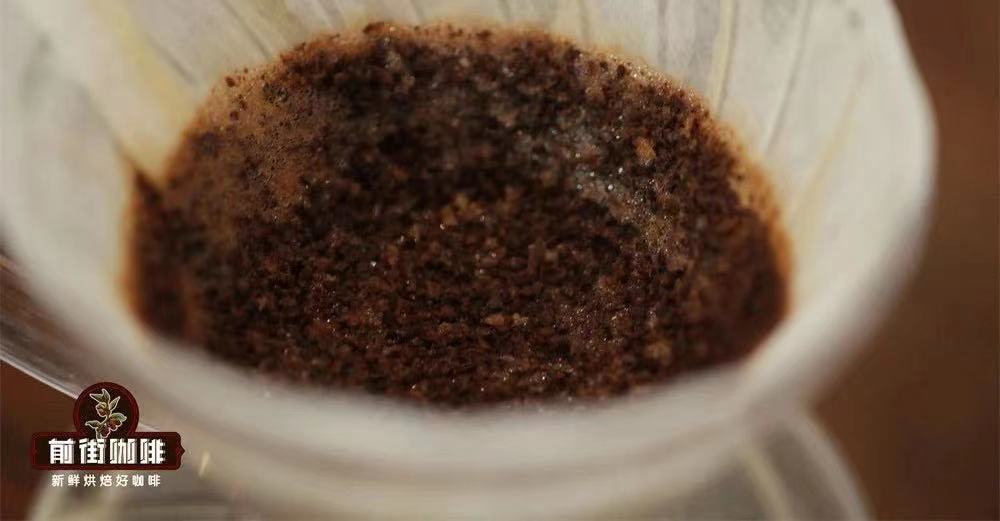
Polysaccharide is more special, it is neither sweet nor soluble in water, but it accounts for the largest proportion of coffee beans! Because it is the main component of coffee bean cellulose (the composition of coffee grounds), it is polymerized by more than ten monosaccharide molecules.
Does the sweetness in coffee come from the sugars in raw beans?
It's not!
Coffee beans are usually roasted to more than 190 degrees Celsius, and monosaccharides and disaccharides cannot withstand the baptism of these Mena reactions and caramel reactions. By the time they are baked, the sugars that bring sweetness to the taste buds are almost zero. What can we do if we want taste buds to taste the sweetness from coffee beans? (eating raw beans) of course, this is a joke!
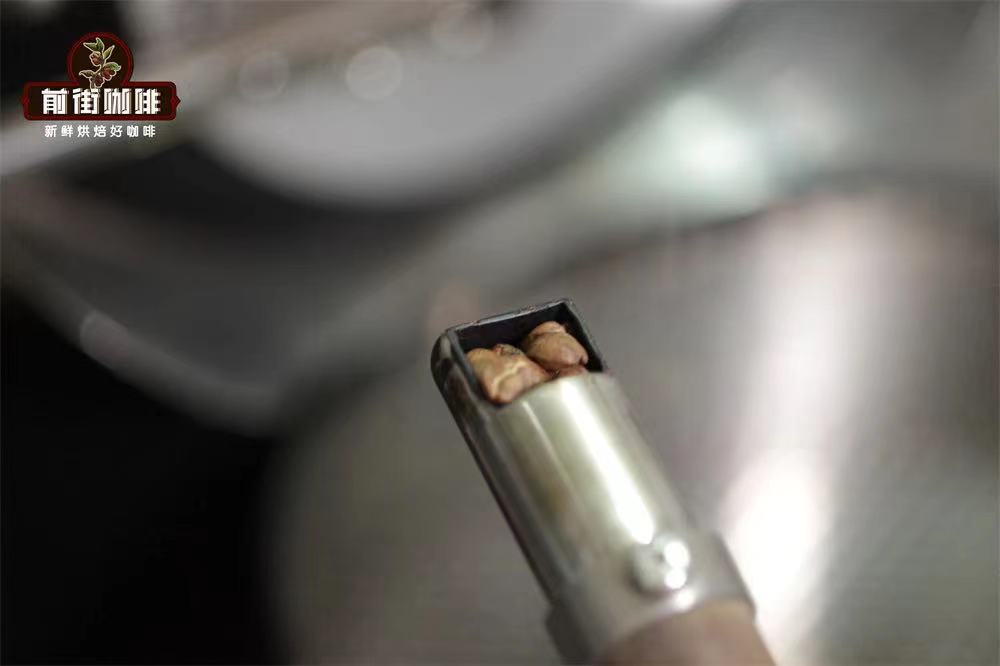
So what is the sweetness of coffee?
Do we feel through taste buds or smell?
The answer is through the sense of smell. Our taste buds can only judge the sweet, sour, bitter and salty taste substances that are soluble in water. If these taste substances are not soluble in water, our tongues cannot feel them, or there are so few taste substances soluble in water that the taste buds can hardly feel the obvious taste. Although it is said that the monosaccharide and disaccharide content of coffee beans is almost zero, it does not mean that there is no at all, there will still be a small amount of sweet substances into the coffee.
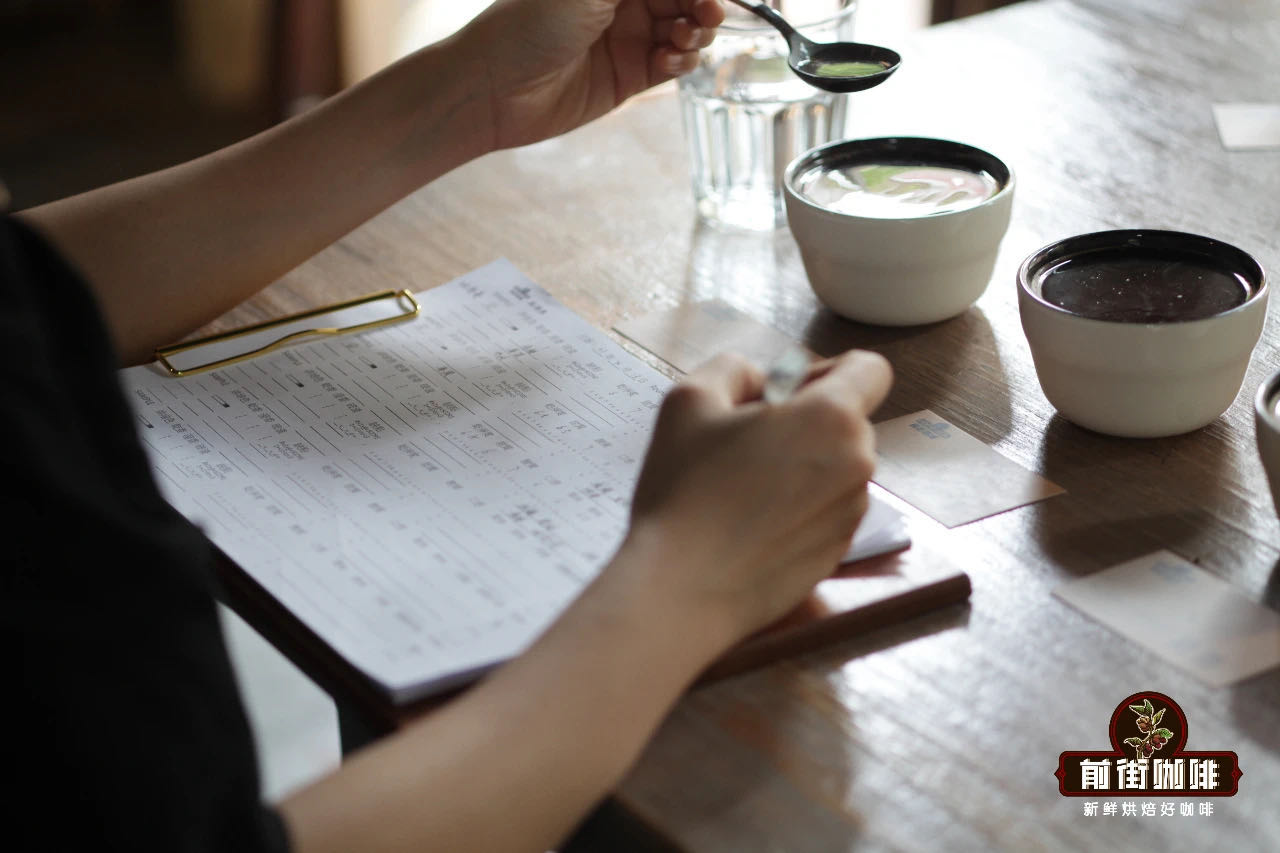
During the roasting process, the period between the yellowing point and the explosion point of the coffee bean is called the relay period, during which the sweet flavor of the coffee is developed, which is what the baristas call sweetness. This sweet flavor belongs to the smell, mostly manifested as sugar cane, honey, sweet fruit, etc., and after an explosion, coffee beans will slowly develop a scorched sweet flavor, such as caramel, brown sugar, black sugar, and so on. these smells are usually shown in the aftertaste of coffee.
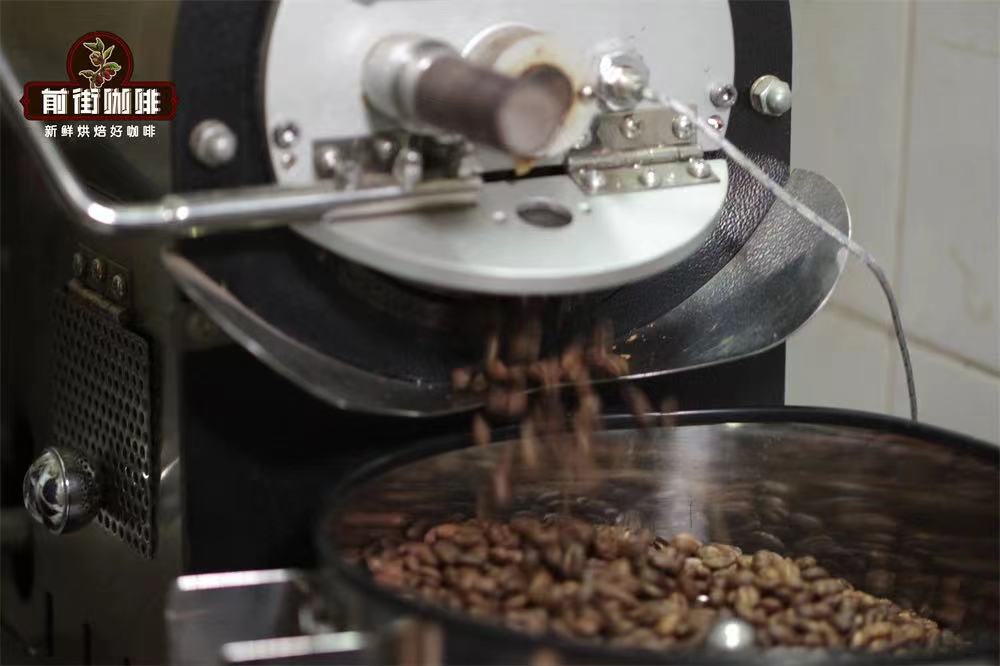
The coffee aftertaste stage is sensed by smell (yes, not by taste buds). The sense of smell is divided into two stages, one is the sense of smell before the nose, the other is the sense of smell after the nose. The sense of smell before the nose refers to inhaling directly into the nasal cavity to feel the smell of the outside world. we use the sense of smell before the nose when we feel the dry and wet fragrance.

After entering the mouth, the taste buds will first judge the sweet, sour, bitter and salty taste, and then the aroma substances will run to the nasal cavity in the process of swallowing, and then our brains will begin to match the taste we have just tasted with the aroma running through the nasal cavity, and finally show the flavor of a particular food, which we call the post-nasal smell.
How to improve your judgment on the sweetness of coffee?
Everyone has different degrees of recognition of aromatic substances, and not everyone can feel the same aroma in the same cup of coffee. If you want to improve your recognition of sweet and aromatic substances, you can eat more sweet foods such as fruits and sweets.
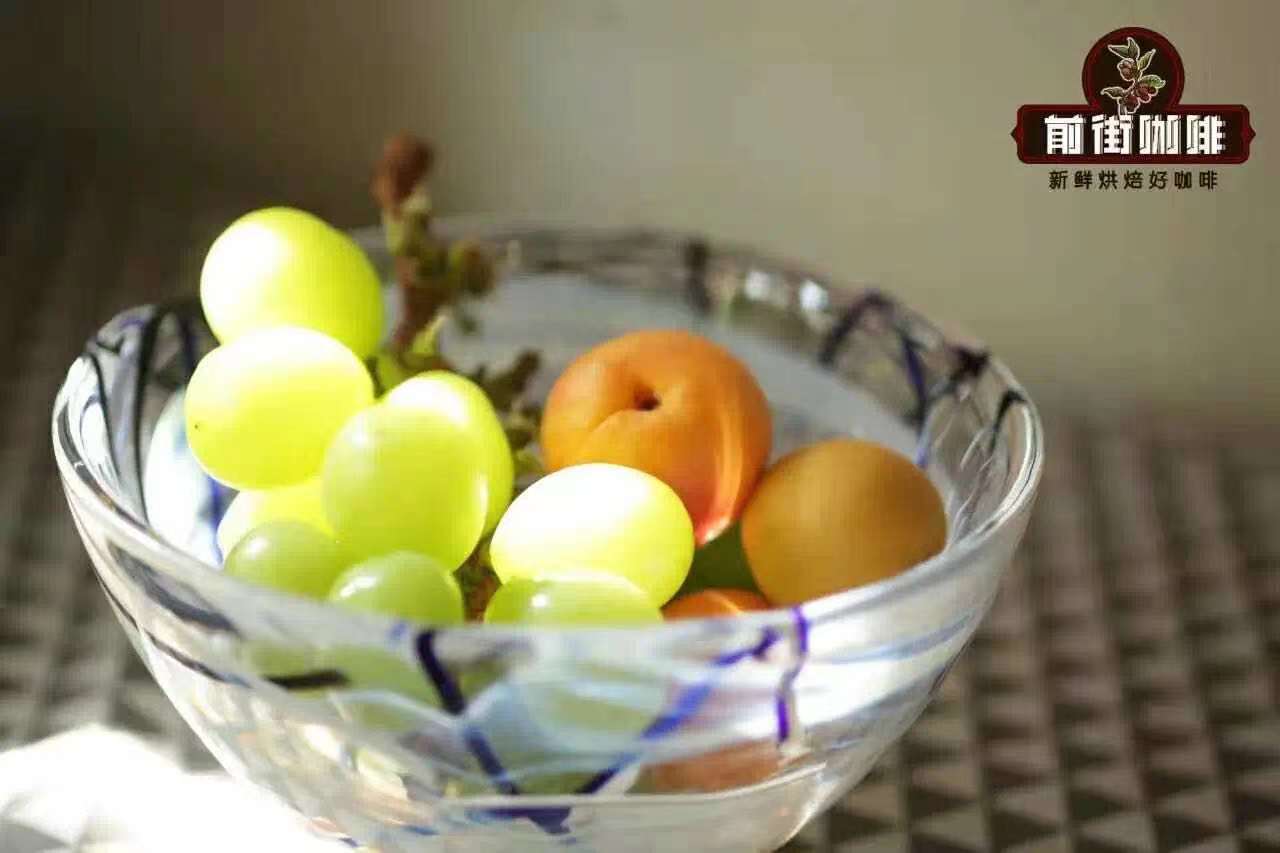
Before tasting, we can use the sense of smell in front of the nose to make a preliminary judgment and form a memory, and then close our mouth when we taste and swallow, and then exhale through the nasal cavity to judge the sense of smell behind the nose and form a memory, so as to improve our ability to recognize sweet smells.
After the sweetness recognition promotion training, you will have the following scene:

Important Notice :
前街咖啡 FrontStreet Coffee has moved to new addredd:
FrontStreet Coffee Address: 315,Donghua East Road,GuangZhou
Tel:020 38364473
- Prev

How many countries in the world grow tea? is there any good tea abroad? the development story of black tea is more famous.
A small country in Europe, Portugal. Cape Roca, at the westernmost end of the country, has built a cross facing the ocean. The monument engraved with the inscription "Lu" ends here, and the sea begins in Onde a terra acaba e o mar comea. The Portuguese are proud of the history of the great discoveries of navigation and geography, which are precisely because of the great discoveries of navigation and geography.
- Next
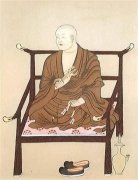
What is the traditional Japanese tea ceremony? the three ancestors of the Japanese tea ceremony and the interpretation of cultural and historical stories
Tea is an important part of Japan's long history and culture. This popular drink has been consumed all over Japan for centuries, and it is still popular among Japanese. It is believed that tea entered Japan from China, and China is the real birthplace of all kinds of tea. Tea culture originated in China and spread to Asian countries and other parts of the world. The art of Japanese tea
Related
- Beginners will see the "Coffee pull flower" guide!
- What is the difference between ice blog purified milk and ordinary milk coffee?
- Why is the Philippines the largest producer of crops in Liberia?
- For coffee extraction, should the fine powder be retained?
- How does extracted espresso fill pressed powder? How much strength does it take to press the powder?
- How to make jasmine cold extract coffee? Is the jasmine + latte good?
- Will this little toy really make the coffee taste better? How does Lily Drip affect coffee extraction?
- Will the action of slapping the filter cup also affect coffee extraction?
- What's the difference between powder-to-water ratio and powder-to-liquid ratio?
- What is the Ethiopian local species? What does it have to do with Heirloom native species?

